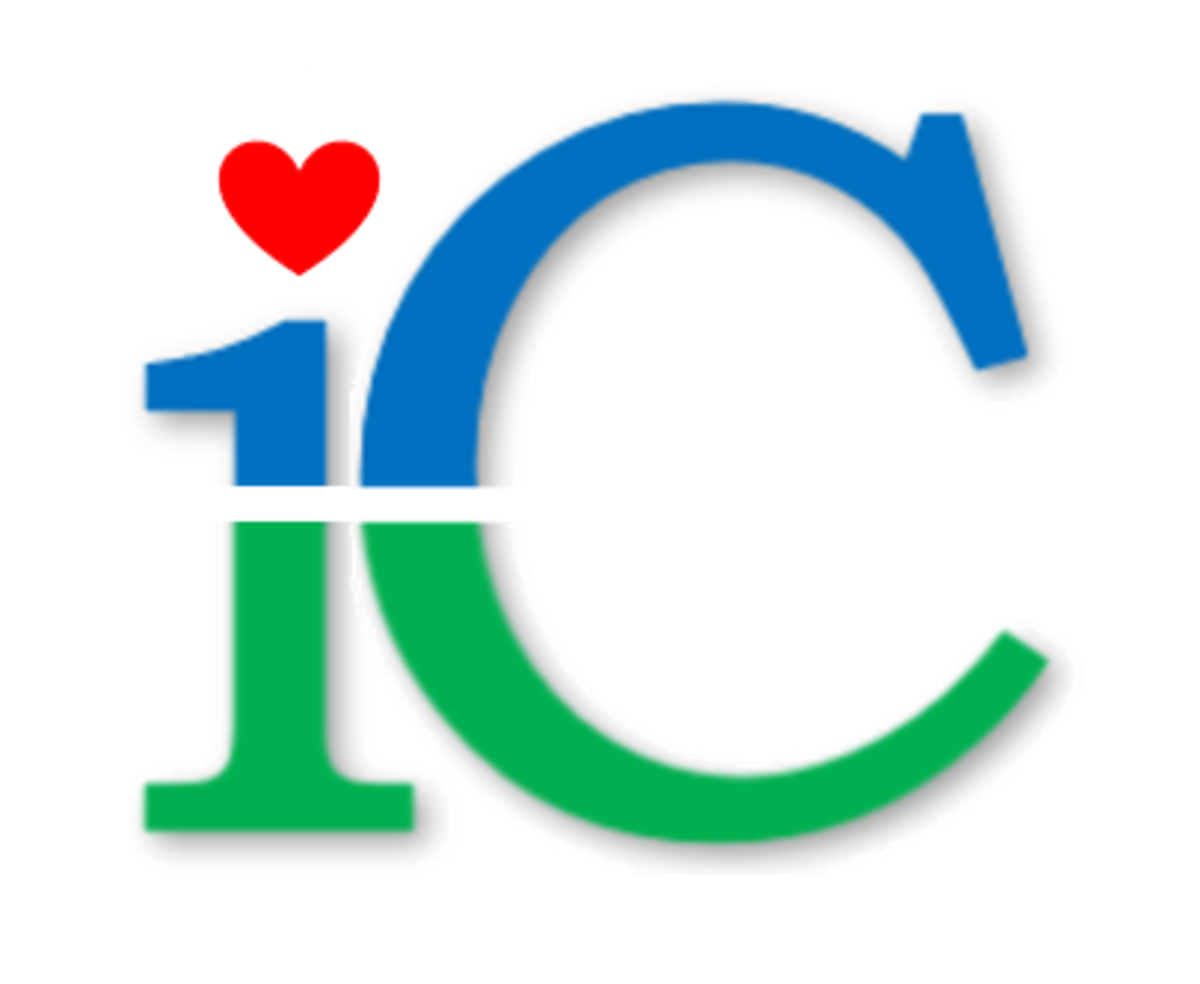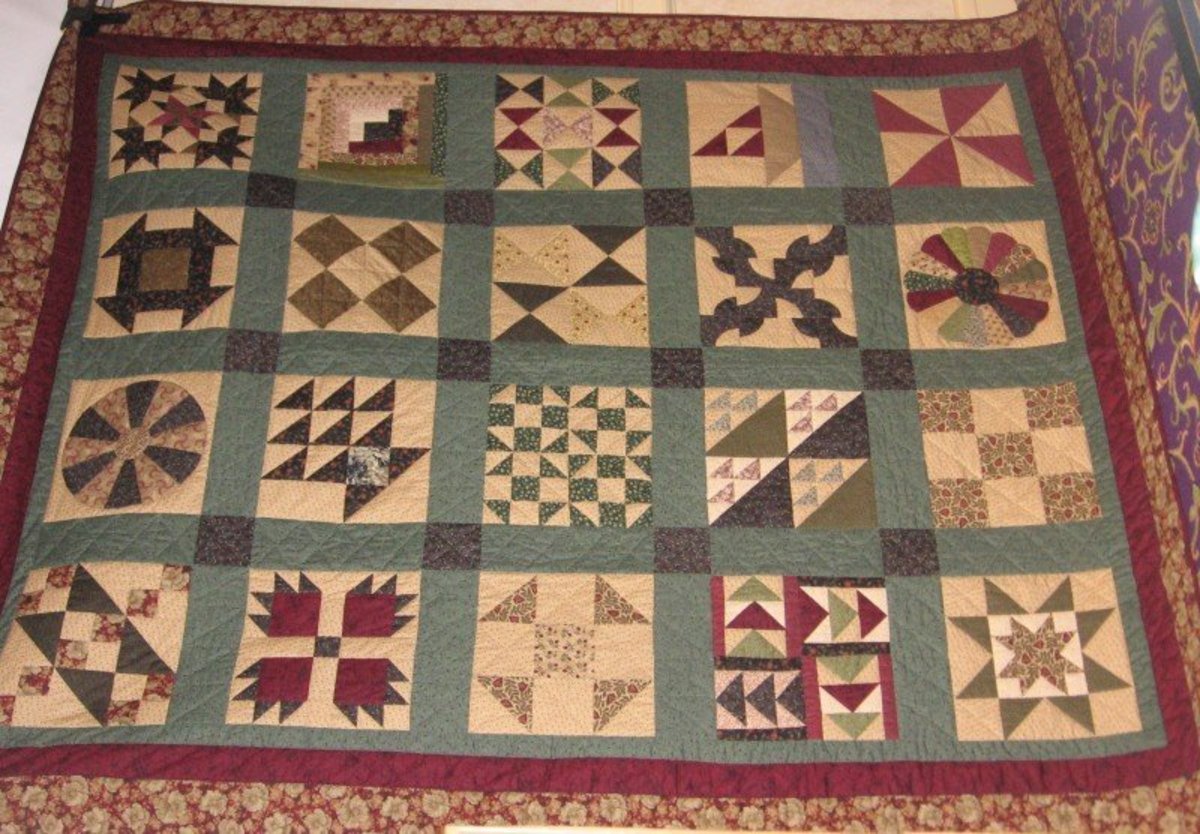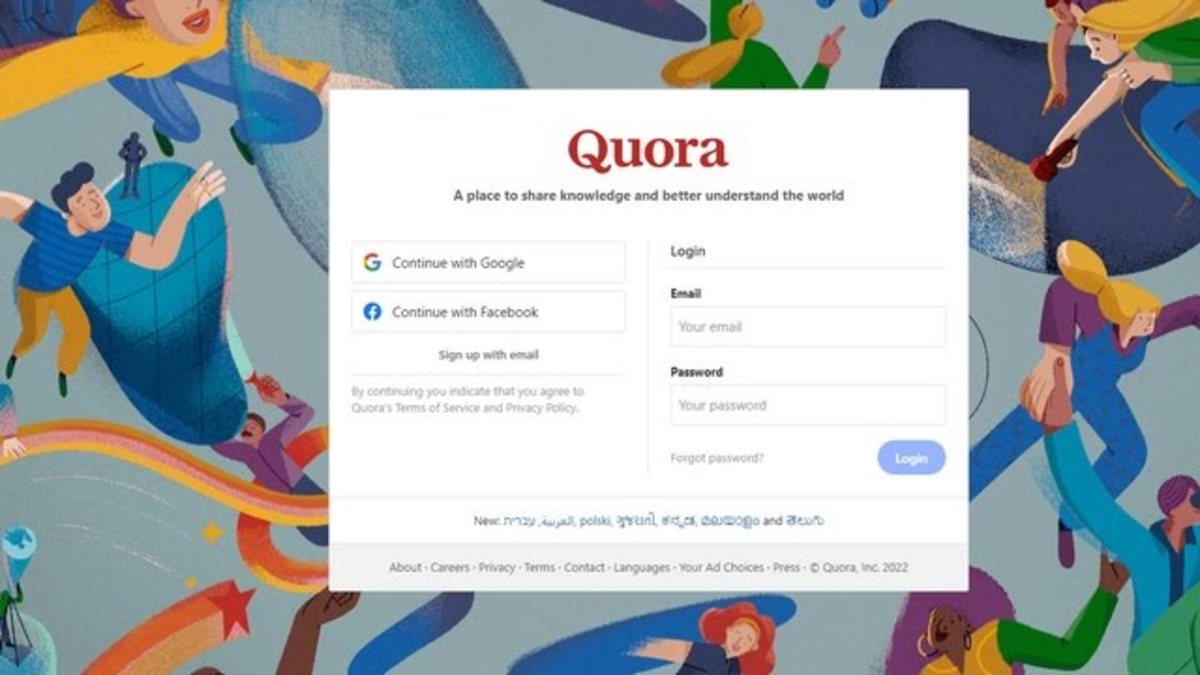Well-Written Research Synopsis for Success of Projects
Synopsis is the Summary
The way in which a blueprint helps the construction of buildings, the synopsis forms the skeleton structure on which projects are carried out. Depending on the capacity and requirement it can be simple or elaborate.
A synopsis is the starting point of formal research work. It can also be a project summary or a course summary. This is a systematic narration of the various activities in abstract form which you are going to take to answer 'what, why, when, where, which and hows' of the said programme. This can also form a project proposal by adding some more relevant items according to the organizational specifications. It can also be a research survey plan and design for a project.
A synopsis is a blueprint for the researchers to refer during the course of research activity. It keeps the researchers on track. Many graduate and postgraduate students are told by the universities to carry out their mini-projects. But often, due to their lifestyle, busy study schedules, they remain uninformed about the various aspects of it. In fact, it gives the authority of the organisation an idea about what the candidate is going to do in a systematic manner and to give relevant support to them by looking into the synopsis. Research synopsis is a basic requirement for approval of the program in many universities, organisations and funding agencies.
Following systematic guidelines is helpful for the budding researchers to move on a smooth track to success.

Types of Synopsis
- Initial synopsis
- Final synopsis
- Project proposal
- Project plan
- Programme summary
Though different wordings are used here above, basically these all belong to the same family.
Understanding the real problem, optimism and objectivity are the keys to success for every project.
Elements of Synopsis
A synopsis has the following elements:
- Title
- Introduction
- Background information
- Objectives
- Methodology
- Time allocation
- Anticipated outcome
- Limitations
- Bibliography
Most of the universities and organizations are having the above style of the structure. However, they provide an application format for submission of synopsis and also a specified format for the synopsis. In such cases, strictly adhering to the specified format alone will help in getting the synopsis approved.
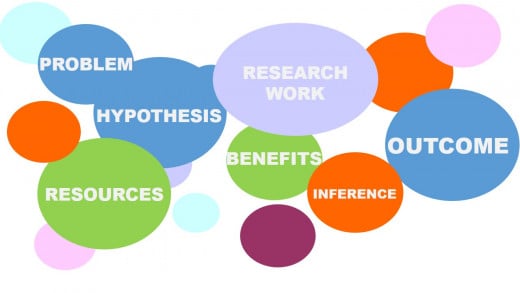
Synopsis Title
A title is the most important item among all others. A long-form title giving a hint to the problem as well as solution serves its purpose. Keep the titles as simple as possible but at the same time, let it give a complete picture of the work and attract the authority realistically to the objectives. Usually, titles are indexed in many of the databases, to avoid duplication of research, in the institutions or universities/organizations. Once the title is conceived, you may verify by a general search on the internet to confirm whether the work has been already done by someone else. If it has been already done, you have to change your objective and modify the methodological approach. Otherwise, it becomes a duplication of research and causes infringement to the intellectual property rights of the original worker.
Once the title is finalized it cannot be changed. It forms the title of the programme until the final report is published. Therefore, give sufficient importance to the title and obtain the suggestions of experts in the field, whom you rely upon.
If it is a big project or a Ph.D. thesis, it needs a title page itself for the synopsis.
Affiliations
You can give the name of the researcher and the affiliations. A line can be stated here that this work forms part of a major project or degree or diploma or any kind of course for fulfilment of the program. If any collaboration of institutions and individuals includes in the project team, that can be stated here.
Abstract
A very brief abstract can give the authorities a very quick overview of the synopsis at first glance. It must be a very crisp focus to the objectives
Introduction
A brief introduction stating the overall project. It can be of one or two paragraphs. This can be a link between the title and the objectives. Remember that your synopsis is read-only by experts, so do not start telling from the basics and fundamentals. Focus on to the area of the synopsis alone.
Background Information Forms Concrete Foundation
This section is also known as situation analysis or ‘Prior-Art’. Statement of background information and description of the work done on this line by the previous researches and the shortcomings is given briefly in this section. This may be extended to 2 to 3 pages, depending on the subject. This part is very important because this leads your work based on credible reference. Doing work on that subject proves relevance in the light of previous findings. Continuing on that line becomes worthwhile and therefore your area of work has worthiness. Write this part in sequential and thematic flow. Let the grammar be in the past tense. Be sure that whatever you are including in this section is having proper bibliographic citation as an authentic document. These citations will be listed in the bibliographic references list at the end of the synopsis.
Background information, on the one hand, gives you a clear picture of the topic of the research whereas on the other hand it schematically leads to the objective of the program.
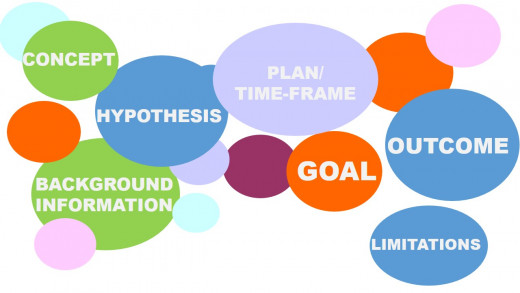
Statement of Hypothesis
Next is the problem statement in a paragraph based on your perception of the problem. Let the problem connect with the real-life problem so that your work will be worthwhile. Based on the background information written already, it is evident that there is a gap existing fix the problem which warrants activities to solve it. State the problem-solving hypothesis in the present tense.
Objectives Have to be Very Clear
The problem statement may have on its second part, clear cut objectives, which will be identified and written in 3-4 step by step activities.
These objectives are written in bullet points. There should not be any ambiguity in the objectives. Objectives must be crisp, realistic and achievable in the available time-frame. It must perfectly match with the title and the problem statement.
Following this part, there will be an activity timeline. Please give the practical approach of carrying out experiments to obtain meaningful results in the given time frame.
Methodology and Research Design
This can also include the methodology of research. Use of tools and processes can be highlighted here to determine the strength of the project. Statistically defined designs add value to the programme needs to be mentioned in this section. The requirement of resources and facilities and the variables in the project can be described here. Make sure that these are available at your disposal in the given place and time. Be sure that what you are adopting is not outdated methodology and resources.
Limitations
Always be realistic and know your capacities. Be practical to state what is the limit beyond which you may not be able to transcend under the framework of this synopsis.
Credible Bibliography
The final section is of a list of bibliographic references.
The list of references is given in alphabetical order in common journal format. This helps the readers or evaluators to find further details of the quoted content.
Plagiarism is the biggest enemy of research in the present-day digital world. Therefore, originality of the content gives you a very good value.
Formatting and Printing
A synopsis is always submitted in the paperbound format with numbered pages printed on standard paper and font size. It can be printed on only one side of the paper and properly line spaced for easy readability. It will be a record for the candidate and the organization. Therefore give extra care to keep it neat and elegant looking. Nowadays along with the printed copy, a digital copy of the synopsis also has to be submitted by the researchers to authorities, usually in pdf format.
Protection of Intellectual Property
An approved synopsis is proof of your ideation of research. If you complete your project within the time-frame and submit it to the authorities, yourself and the organization will be the owners of the intellectual property. You may do the further process in utilizing it for further research, collaboration or technology generation and commercial use of it. Therefore be careful with your intellectual property.
Words of Caution
Never share your synopsis to the third party. The synopsis is your brainchild and is based on your intellectual idea. So do not share it with the public. It is a confidential or private document until you submit your report and publish your outcome in viva-voce or seminar and get the required certificate awarded for it. So, never publish it in the public domain or on social media/websites which may result in forfeiture of synopsis.
Final Words
Nowadays starting from pre-school to large multinationals, there are various types of projects. However, micro-projects does not require any synopsis. But from the mini-project onwards before the start of projects, there is a requirement of formal synopsis to be approved before the start of the project.
A well-written synopsis drives the researcher to halfway of the programme very easily. If a synopsis seeks funding from an external agency, then it is called as a project proposal for funding. there are many government and non-government, nonprofit, organisations which are funding and research programmes. Some other organisations will just call for proposals. In such case mixture of the researcher's biodata and financial requirement statement with the split-up of budget needs to be given in a realistic manner.
Periodic reference of synopsis and keeping it dynamic with relevant modifications during the course of research is the essentiality for the success of the research. Once a synopsis is well-conceived, chances of success for researchers can be predicted. There are very few incidences of research failures when carried out according to the synopsis. Therefore it is suggested to give sufficient importance to formulate a synopsis of research each time.
This content is accurate and true to the best of the author’s knowledge and is not meant to substitute for formal and individualized advice from a qualified professional.
© 2020 Halemane Muralikrishna


